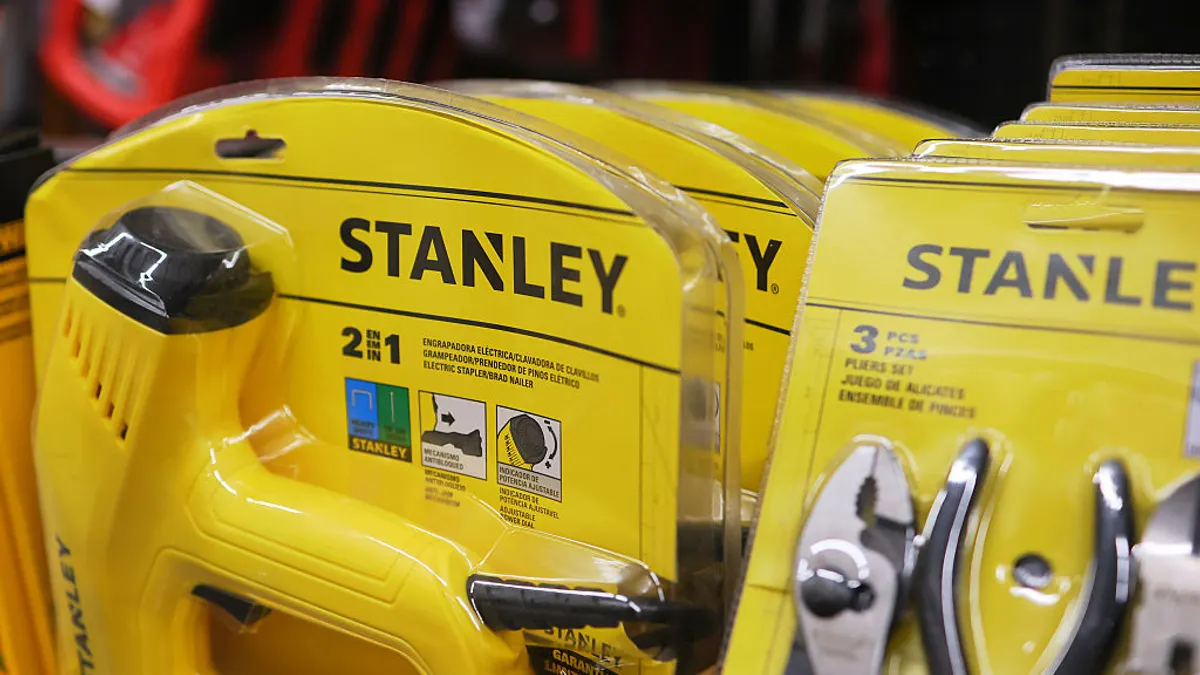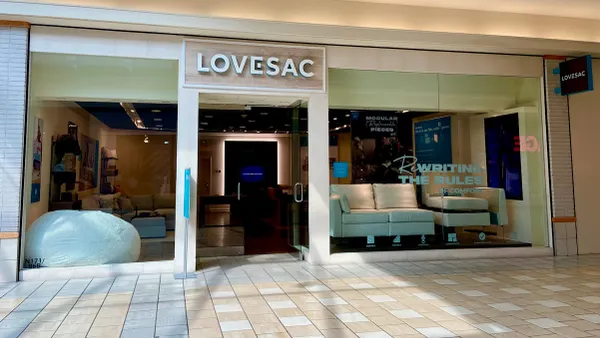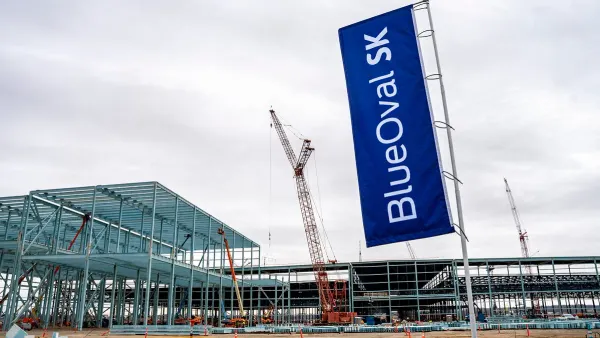We talk a lot about reshoring. About tariffs. About building American manufacturing back stronger than ever.
But let me be direct: we’re not ready.
Not because we lack the will. Not because we lack the workforce.
We’re not ready because our systems, specifically in our warehouses, are outdated, disconnected, and dangerously slow to adapt.
I’ve seen it firsthand. Across facilities large and small, we’re still operating like it’s 2005:
- Over 80% of warehouses lack any form of automation.
- 67.4% of inventory managers rely on Excel for inventory control.
- 62% of organizations report limited supply chain visibility.
All the while, supply chains are shifting faster than we can stabilize them. The pressure is rising. And warehouses are about to snap under the weight of this transformation.
And yet, this isn’t just a warehousing problem. As our CEO Farrukh Mahboob pointed out, it's a manufacturing one, too.
- We don’t have enough people who want to do these jobs.
- Tariffs are complicating access to raw materials.
- Robotic automation is still considered optional instead of essential.
- Many companies aren’t sure if they’re investing in a real future, or just reacting to a headline cycle that might shift again in five years.
During a recent CNN interview, Scott Galloway stated:
“Eighty percent of Americans say they want more manufacturing, but...there isn't a line of people looking to get to work at a plant in Lansing, Michigan.”
Only 1 out of every 5 people are willing to work in manufacturing.
That’s the real problem with reshoring. We talk about making things in America, but we’ve built a system that’s focused on buying — not building.
But there’s still enough time to fix the issues.
Only if we act now. Not five years from now. Right now.
The Urgent Need for Technological Transformation
Warehouses are at a turning point.
What used to work is now holding teams back. E-commerce and global supply chain problems have exposed how fragile old systems really are. To stay competitive and meet demand, warehouses need to embrace better tools — fast.
Consider this:
- 40% of warehouses still rely on manual data collection methods, leading to inefficiencies and errors.
- Hospitals throw out $765 billion in usable supplies each year, much of it because items expire before anyone uses them.
These figures underscore the urgent need for modernization and robotic automation in warehouse operations.
Close the Visibility Gaps
To address these challenges, warehouses must adopt specific technologies that offer measurable improvements:
Inbound: Fix What’s Coming In
Freights show up. But often, there’s no scan. No label match. No confirmed receipt.
That’s where the first blind spot opens up, before anything even hits a shelf.
Computer vision and OCR close that gap at the door.
- Cut intake time by up to 45%
- Eliminate mismatches between shipments and records
- Give operators real-time tracking from the start
Inside: Track What’s Where
Once items are stored, the trail goes cold.
Most teams don’t know where things are, just where they hope they are.
Dynamic slotting and warehouse logic bring clarity to the chaos.
- Boost pick speed by 30% or more
- Reduce walking distance and wasted movement
- Ensure every product has a verified location
Outbound: Verify What Leaves
The last mile inside your warehouse is often the most expensive.
Shipments get loaded without final checks, and customers feel the result.
AI-driven verification ensures the right items go to the right place.
- Prevent missed or partial shipments before they roll out
- Build trust through order accuracy and delivery confidence
- Catch mistakes before they leave the dock
We’re building the new normal. One decision at a time.
Tariffs aren’t just political; they’re operational. They’re forcing us to rethink how we produce, store, and deliver.
And while U.S. manufacturing rebuilds over the next 3 to 5 years, the warehouse will be the pressure point. That’s where operational reality meets economic ambition.
So the question isn’t whether we’re ready to make the necessary changes.
If you’re interested in learning how to implement warehouse modernization, visit PackageX to learn all that is possible.










